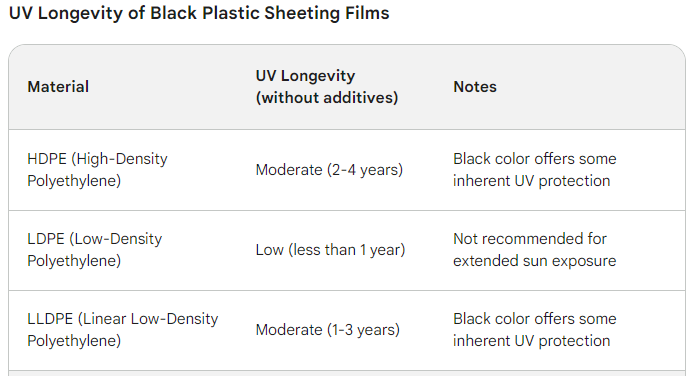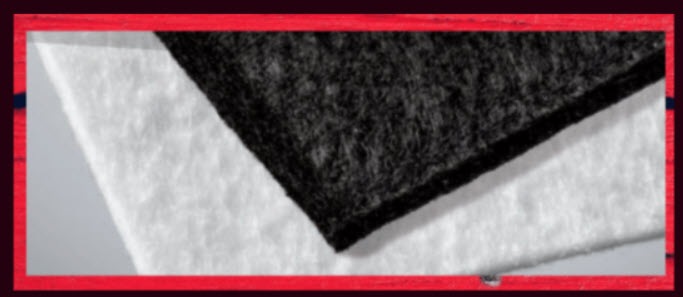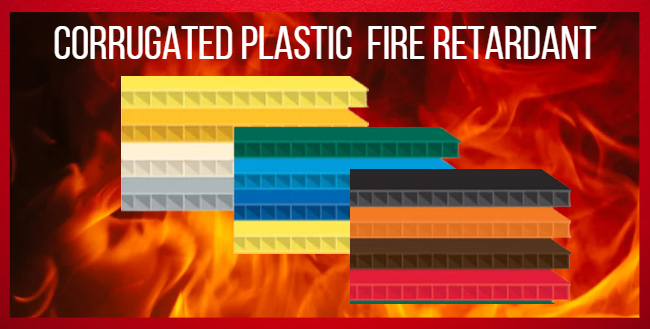Exploring the Essentials: Understanding Clean Room Bags
Introduction: In today's world of precision manufacturing and sensitive technological environments, maintaining cleanliness and sterility is paramount. One essential tool in achieving this is the clean room bag. In this blog post, we'll delve into what clean room bags are, their composition, features, uses, and why they are crucial for various industries.
What is a Clean Room Bag?
A clean room bag, also known as a cleanroom pouch or barrier bag, is a specialized packaging solution designed to maintain cleanliness and sterility in controlled environments such as clean rooms, laboratories, and manufacturing facilities. These bags are constructed from materials that prevent contamination from external sources, ensuring that the contents remain pristine throughout storage, handling, and transportation.
Composition and Features of Clean Room Bags:
Clean room bags are typically made from low-particulate plastic films such as polyethylene (PE), polypropylene (PP), or nylon. These materials are chosen for their high levels of cleanliness, durability, and chemical resistance. Additionally, clean room bags may feature the following characteristics:
- Anti-static properties to prevent electrostatic discharge (ESD).
- Heat-sealed seams for airtight and secure closure.
- Transparent or opaque design for easy identification of contents.
- Various sizes and configurations to accommodate different items and applications.
- Compliant with industry standards and regulations for cleanliness and sterility.
Who Uses Clean Room Bags and Why?
Clean room bags are utilized across a wide range of industries and applications where cleanliness and sterility are critical. Some common industries and sectors that use clean room bags include:
- Semiconductor and electronics manufacturing.
- Pharmaceutical and biotechnology industries.
- Aerospace and defense.
- Medical device manufacturing.
- Food and beverage processing.
- Automotive and aerospace industries.
These industries use clean room bags to:
- Protect sensitive electronic components from contamination.
- Preserve the integrity and sterility of pharmaceutical products and medical devices.
- Safeguard critical components and equipment during transportation and storage.
- Ensure compliance with regulatory standards and quality control requirements.
- Minimize the risk of product defects, rework, and costly recalls.
What Makes the Bag Clean?
Clean room bags are manufactured and packaged in controlled environments to minimize the presence of contaminants such as dust, particles, and microorganisms. The materials used in their construction undergo rigorous testing and validation to ensure compliance with cleanliness and sterility standards. Additionally, clean room bags are designed to provide an effective barrier against external contaminants, preventing ingress and maintaining the cleanliness of the contents.
What Goes Into the Bag?
Clean room bags can accommodate a wide variety of items and materials that require protection from contamination. Some common items that may be stored or transported in clean room bags include:
- Electronic components and assemblies.
- Pharmaceutical products, drugs, and medical devices.
- Precision instruments and tools.
- Chemicals, reagents, and laboratory samples.
- Food ingredients and sensitive consumables.
- Cleanroom garments, gloves, and personal protective equipment (PPE).
Conclusion: Clean room bags play a vital role in maintaining cleanliness, sterility, and product integrity in controlled environments across various industries. With their specialized construction, materials, and features, these bags provide an effective barrier against contaminants, ensuring that sensitive materials and products remain pristine and compliant with stringent quality standards. Whether used in semiconductor manufacturing, pharmaceutical production, or laboratory settings, clean room bags are indispensable tools for safeguarding critical assets and ensuring the success of precision-driven operations.















